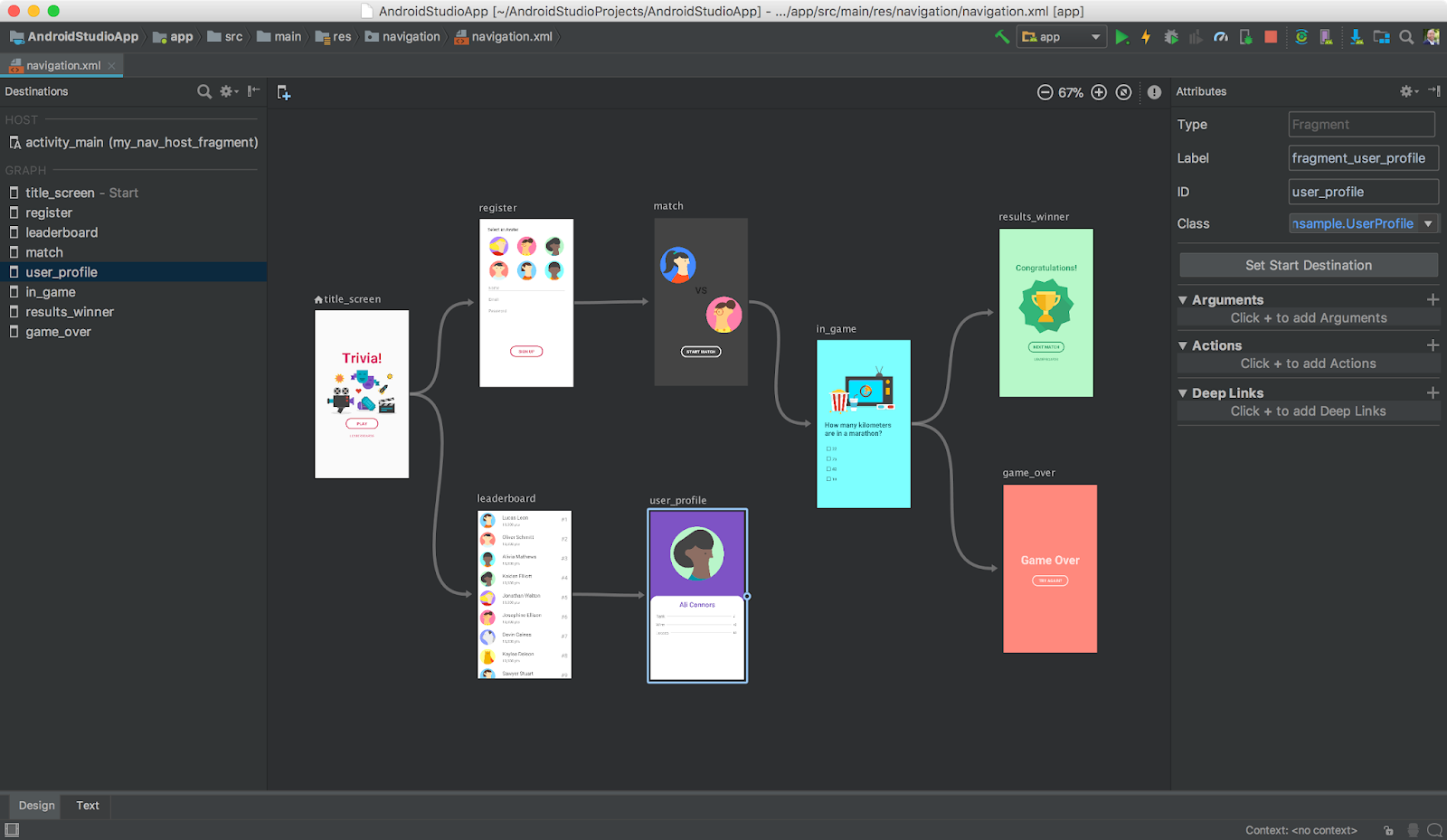
This means your app can use the API features included in * compileSdkVersion specifies the Android API level Gradle should use to * The android block is where you configure all your Android-specific * Gradle to this build and makes the android block available to specify * The first line in the build configuration applies the Android plugin for Gradle and the Android plugin help you configure the following aspects of your build: /**

The APK Packager signs your APK using either the debug or release keystore:.Before your app can be installed and deployed onto an Android device, however, the APK must be signed. The APK Packager combines the DEX files and compiled resources into a single APK.The compilers convert your source code into DEX (Dalvik Executable) files, which include the bytecode that runs on Android devices, and everything else into compiled resources.The build process is very flexible, so it’s useful to understand some of what is happening under the hood. The build process involves many tools and processes that convert your project into an Android Application Package (APK). The output of the build is the same whether you are building a project from the command line, on a remote machine, or using Android Studio. If you are not using Android Studio, you can learn how to build and run your app from the command line.

This means that you can build your Android apps from within Android Studio, the command line on your machine, or on machines where Android Studio is not installed (such as continuous integration servers). Gradle and the Android plugin run independent of Android Studio. Android Studio uses Gradle, an advanced build toolkit, to automate and manage the build process, while allowing you to define flexible custom build configurations.

The Android build system compiles app resources and source code, and packages them into APKs that you can test, deploy, sign, and distribute.


 0 kommentar(er)
0 kommentar(er)
